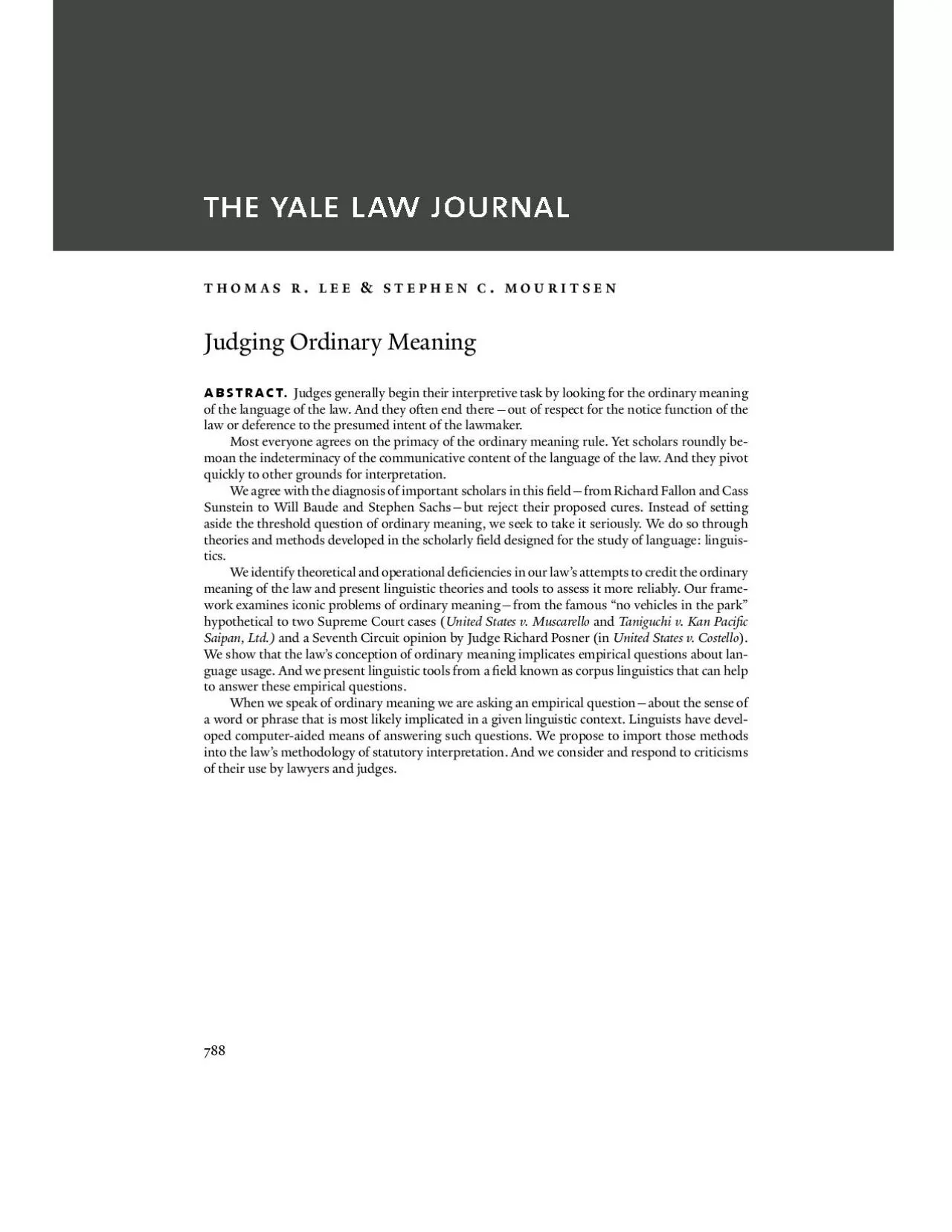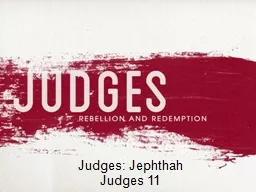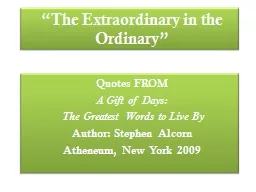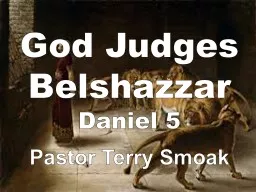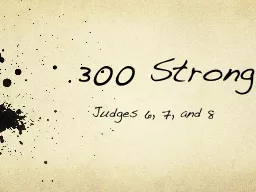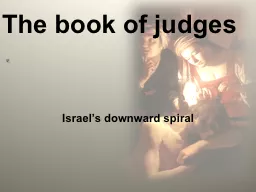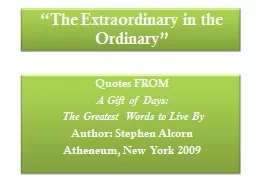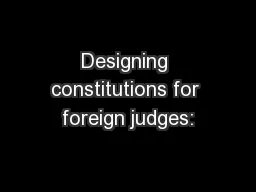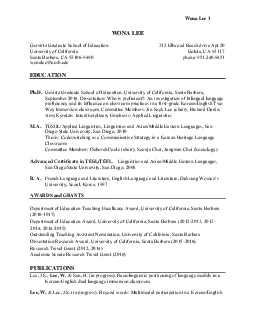PDF-LEE STEPHEN C MOURITSENJudging Ordinary Meaning abstract Judges gen
Author : stella | Published Date : 2021-09-23
judging ordinary meaning authors Thomas R Lee is Associate Chief Justice of the Utah Supreme Court and a Distinguished Lecturer of Law at Brigham Young University
Presentation Embed Code
Download Presentation
Download Presentation The PPT/PDF document "LEE STEPHEN C MOURITSENJudging Ordinary..." is the property of its rightful owner. Permission is granted to download and print the materials on this website for personal, non-commercial use only, and to display it on your personal computer provided you do not modify the materials and that you retain all copyright notices contained in the materials. By downloading content from our website, you accept the terms of this agreement.
LEE STEPHEN C MOURITSENJudging Ordinary Meaning abstract Judges gen: Transcript
Download Rules Of Document
"LEE STEPHEN C MOURITSENJudging Ordinary Meaning abstract Judges gen"The content belongs to its owner. You may download and print it for personal use, without modification, and keep all copyright notices. By downloading, you agree to these terms.
Related Documents

